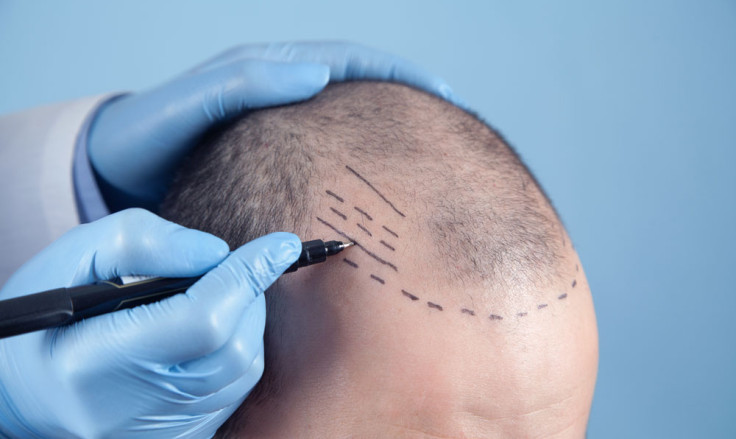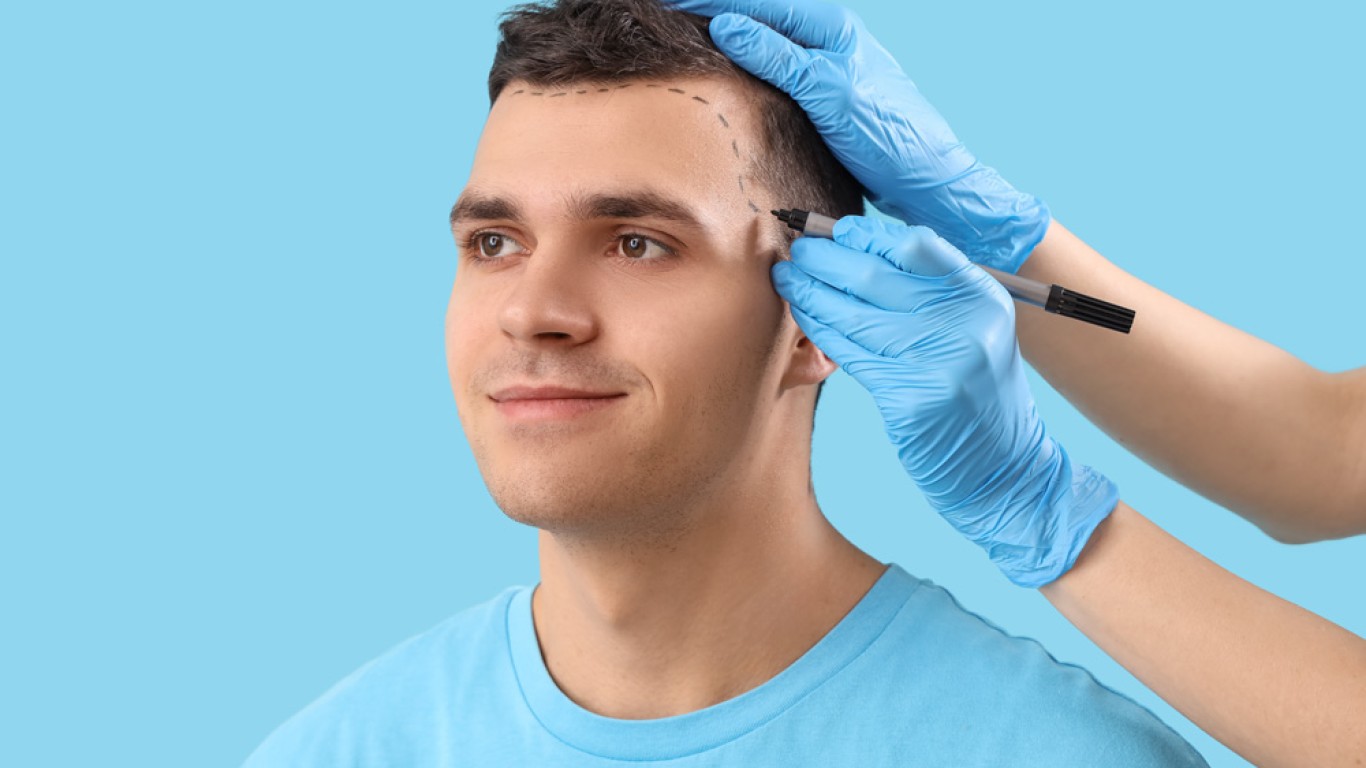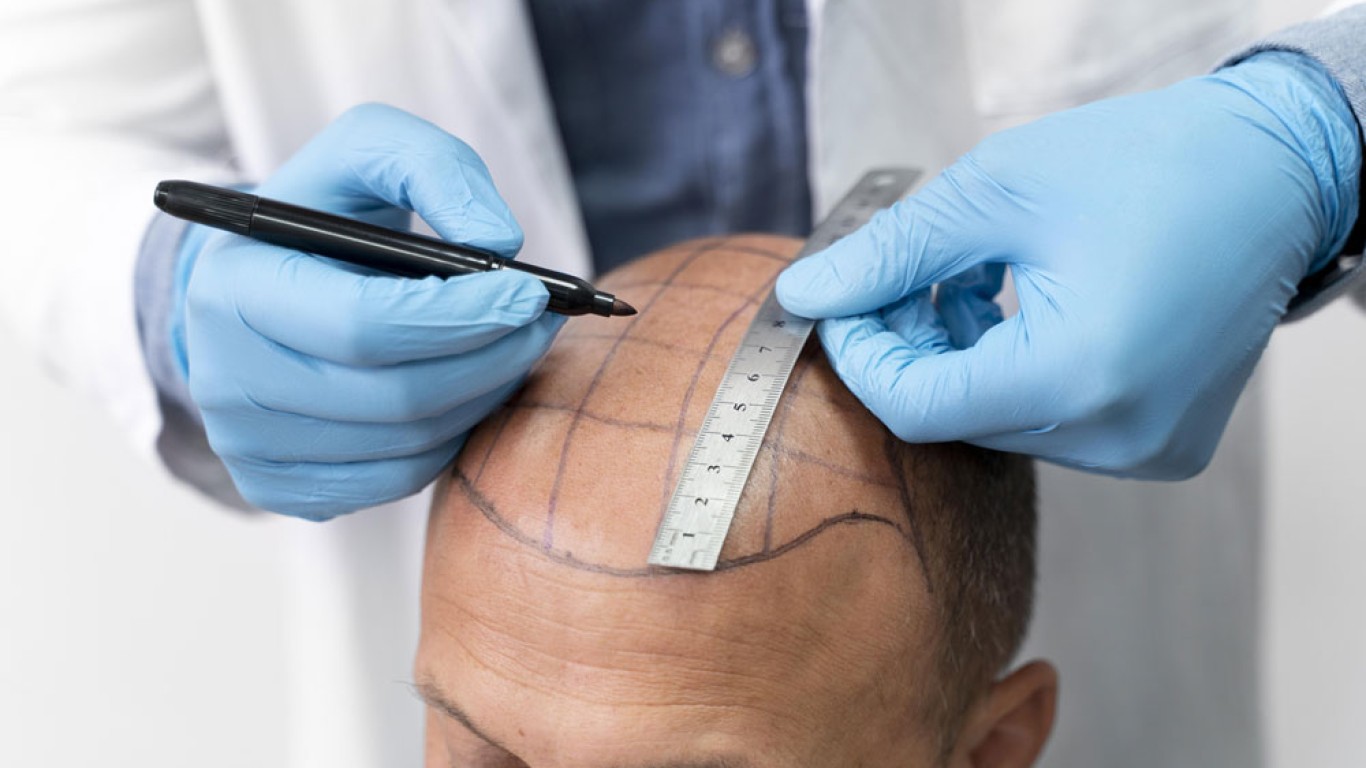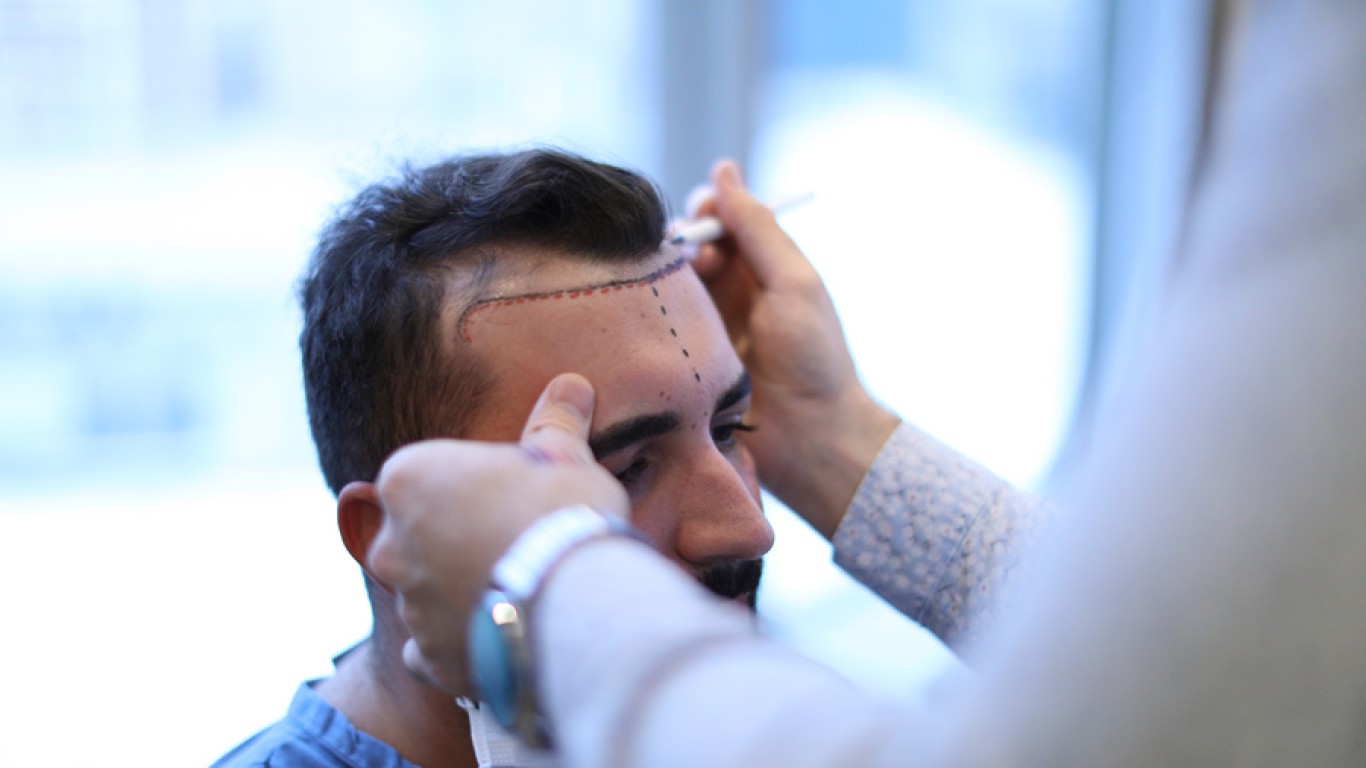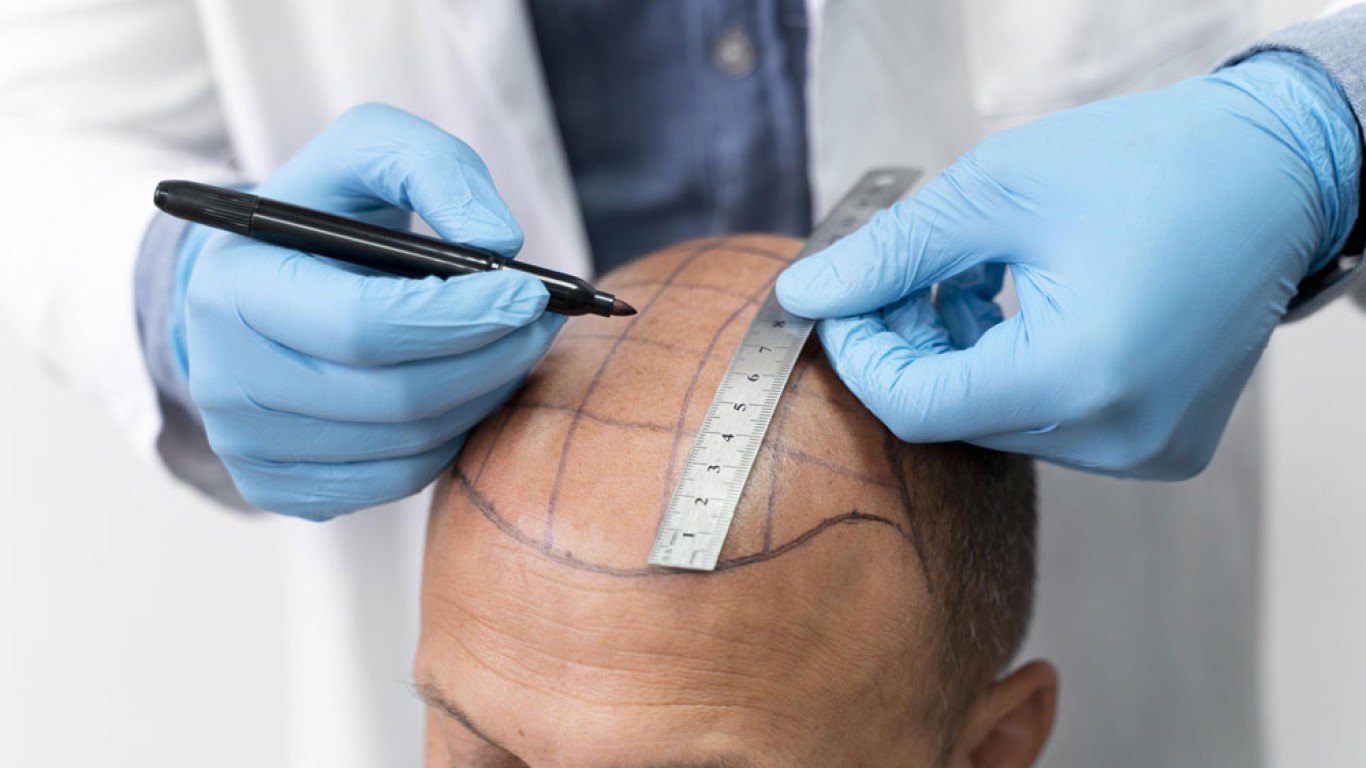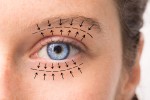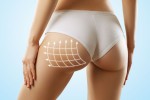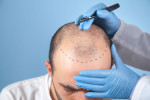Introduction
Hair restoration options have expanded rapidly in recent years. Two of the most popular techniques today are DHI and FUE. Both offer natural-looking results and use advanced technology. However, they differ in technique, recovery and precision. Understanding these differences is key if you're considering a hair transplant. While FUE has been widely used for years, DHI has introduced newer tools and greater control. This article explains how it works and how it compares to the FUE method.
What Is a DHI Hair Transplant?
DHI stands for Direct Hair Implantation. It’s an advanced method that builds upon the FUE technique. The key feature of DHI is the use of a special tool called a Choi implanter pen. With DHI, hair follicles are extracted individually, as in FUE. However, instead of creating incisions first, the surgeon immediately implants each follicle using the pen. This method allows for more precise control over angle, direction and depth.
How is FUE Different from DHI and How Does It Work?
FUE stands for Follicular Unit Extraction. It’s a widely used technique that also involves extracting follicles one by one. In FUE, after extraction, the surgeon creates small incisions in the recipient area. Next, the follicles are placed into these incisions using forceps. While effective, this two-step process can require more time and may slightly limit precision. Nevertheless, FUE has delivered excellent results for countless patients globally.
Key Difference Between DHI and FUE: Implantation Method
The main distinction between DHI and FUE lies in how the follicles are implanted. FUE uses incisions followed by manual placement. DHI skips the incision stage entirely by using the Choi pen. This pen allows the surgeon to implant each follicle directly. Because of this, the procedure may offer more natural results, especially in the hairline area. Additionally, it gives better control over placement, which is crucial for achieving symmetry.
DHI vs FUE: Surgical Tools and Technology Used
Another important difference involves the tools used during surgery. In FUE, the surgeon typically uses micro blades and forceps for implantation. This approach is reliable but may offer less precision in tight or delicate areas. DHI uses the Choi pen, a pen-shaped tool that performs both steps at once. It enables simultaneous channel creation and follicle placement. Consequently, the process can be smoother and potentially safer for each graft.
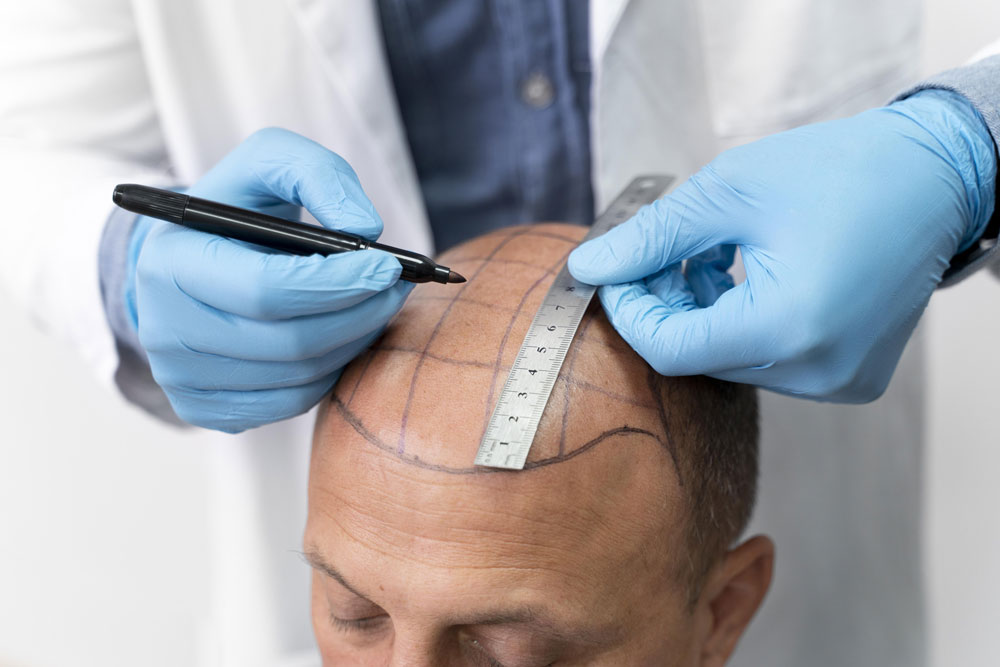
DHI vs FUE: Density and Natural Appearance
DHI may allow for higher hair density, especially in areas like the front hairline. Because each graft is placed with exact control, surgeons can optimise spacing and direction. Furthermore, patients seeking minimal graft wastage may prefer DHI. The faster implantation process reduces the time follicles spend outside the scalp. This can improve survival rates. This contributes to a denser, more natural look.
DHI vs FUE: Recovery and Healing Times
Both DHI and FUE have relatively short recovery times. Generally, most patients return to normal activities within a week. However, because DHI avoids pre-made incisions, it may involve less bleeding and faster healing. Swelling and redness can occur with either method. However, some patients find DHI recovery to be slightly quicker. Additionally, because of its precision, fewer adjustments may be needed during healing.
DHI vs FUE: Scarring and Shaving Requirements
FUE often requires the entire donor area to be shaved. This can be a drawback for people who prefer discreet procedures. Conversely, DHI may not require full shaving, particularly in women or those with longer hair. Additionally, both methods leave tiny dot-like scars. These are typically well-hidden by surrounding hair. Yet, DHI might cause less visible scarring due to minimal trauma during graft placement.
DHI vs FUE: Duration and Cost of Treatment
DHI is often more time-consuming than FUE. The use of the Choi pen requires high concentration and skill. As a result, DHI sessions may be longer, especially when implanting large numbers of grafts. Because it is more labour-intensive and tool-dependent, DHI also tends to cost more. Nevertheless, for those prioritising precision and natural outcomes, the higher cost may be worth it.
DHI vs FUE: Suitability for Different Hair Types
DHI may work better for people with less severe hair loss or those needing touch-ups. It’s also often used for eyebrow or beard restoration. This is due to the precision of the Choi pen. Meanwhile, FUE is well-suited for patients needing broader coverage. It’s an excellent choice for filling larger areas with fewer technical demands. Both methods are effective — the best one depends on your goals.
Surgeon Skill and Experience
Because it requires the use of special tools, the surgeon's experience is crucial. The success of the Choi pen relies heavily on the practitioner’s precision. For this reason, DHI should only be performed by surgeons specifically trained in the method. FUE, while also technique-sensitive, is more commonly performed and may have broader availability. Always check your surgeon’s credentials, reviews and portfolio before proceeding with any method.
Personalised Results
One of the standout benefits is the customisability it allows. Surgeons can design hairlines more naturally, taking into account the angle and direction of each graft. Are you aiming for a softer hairline or have thinning in a small area? DHI offers excellent custom control. Therefore, many patients choose DHI when subtlety and artistry are top priorities.
Conclusion
DHI has become a popular alternative to FUE because of its precision and technology. Although both methods are effective, DHI offers more control over how each graft is placed. Using the Choi implanter pen allows for higher density and a natural hairline appearance. Recovery may also be smoother for some patients. However, the procedure requires more time and often costs more. Ultimately, your choice will depend on your goals, budget and hair condition. Speaking with an experienced hair transplant specialist will help determine which option suits you best.
For more information and to book a consultation visit the ACIBADEM Beauty Center Hair Transplant page.
Frequently Asked Questions
No, both procedures use local anaesthetic and are considered minimally uncomfortable.
It can take 6–8 hours, depending on the number of grafts required.
Yes, results are typically long-lasting with proper care and maintenance.
Yes, DHI is especially effective for smaller areas like beards and eyebrows.
DHI may be preferred by women since it doesn’t always require full shaving.
